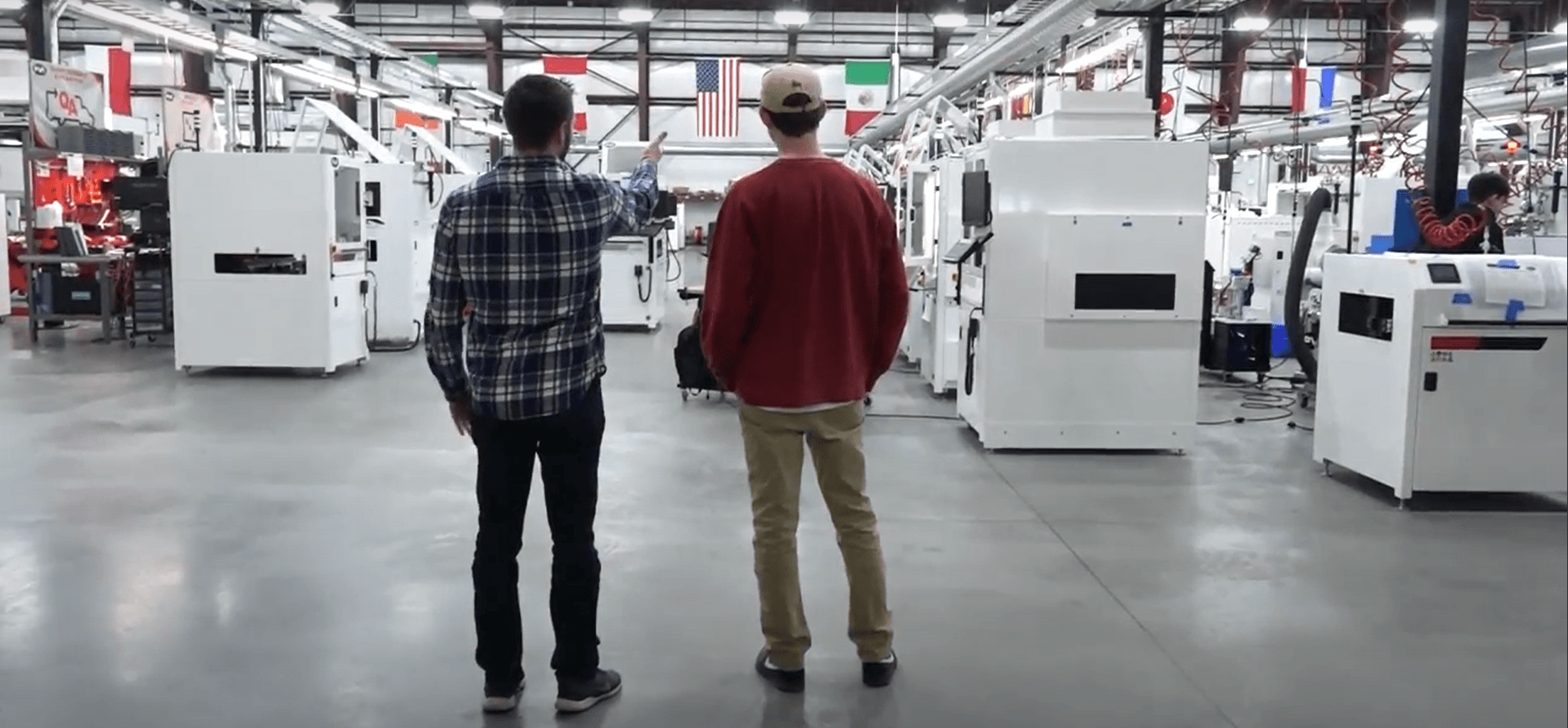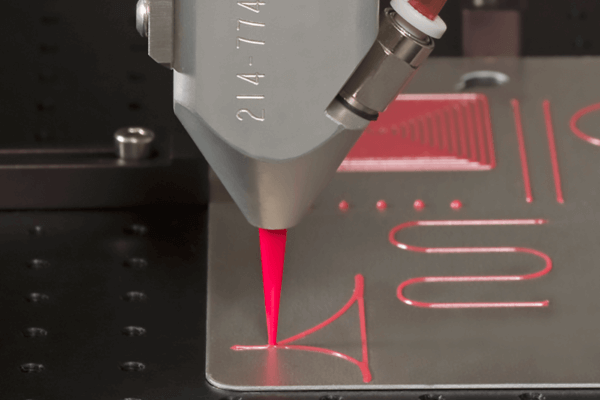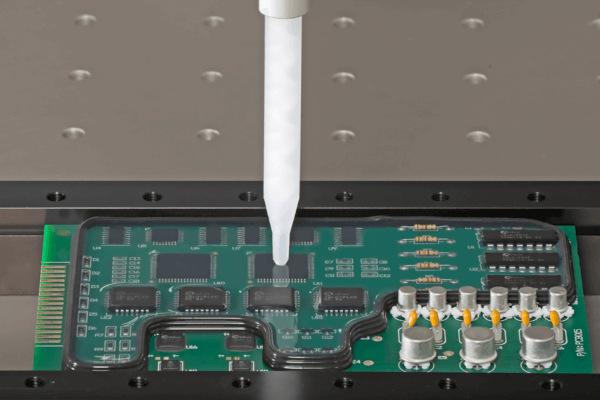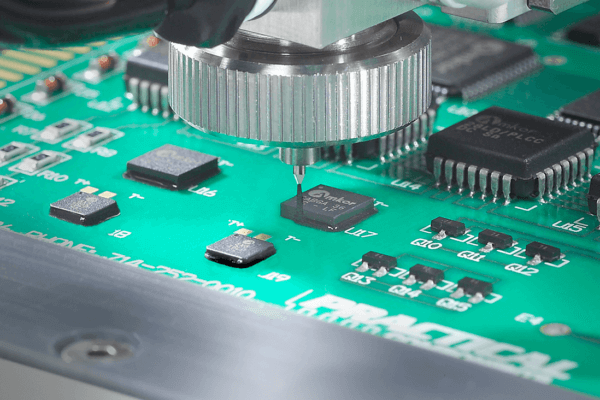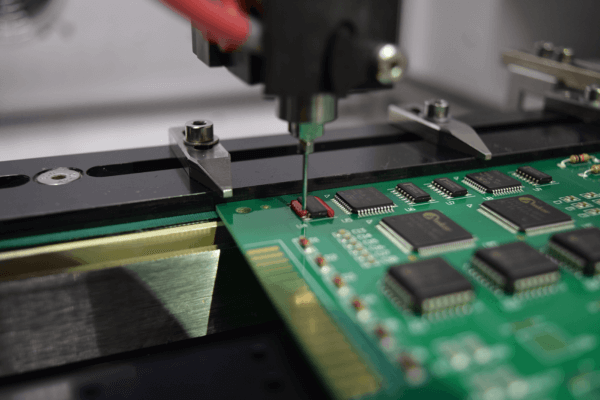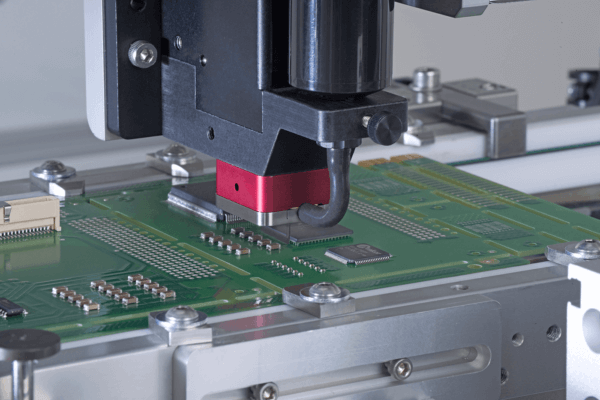When precision matters, global manufacturers rely on PVA
PVA makes manufacturing easier by supplying best in class fluid dispensing and selective conformal coating solutions that are supported by a global applications and service network. Our inventive, customer-driven solutions span numerous industries with equipment designed to optimize your application from manual through custom automation.
Applications
-

3D Printing
-
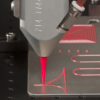
Bonding
-

Conformal Coating
-

Dam & Fill
-

Dispensing
-

Encapsulation & Glob Top
-
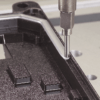
Gasketing
-

Optical Bonding
-
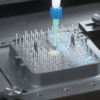
Potting
-
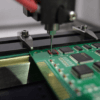
Surface Mount Adhesive / Solder Paste
-

Thermal Interface Materials
-

Underfill
Upcoming Events
See what expos, conferences, and forums we have been at by viewing all of our events here.
Featured Media

Applications Overview
